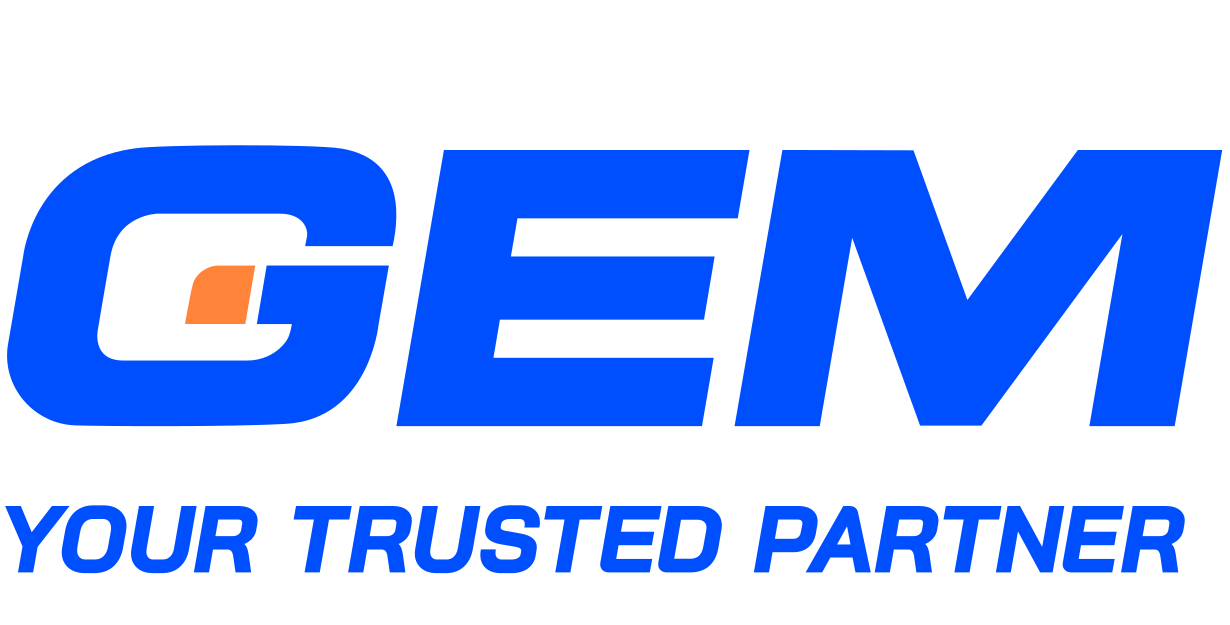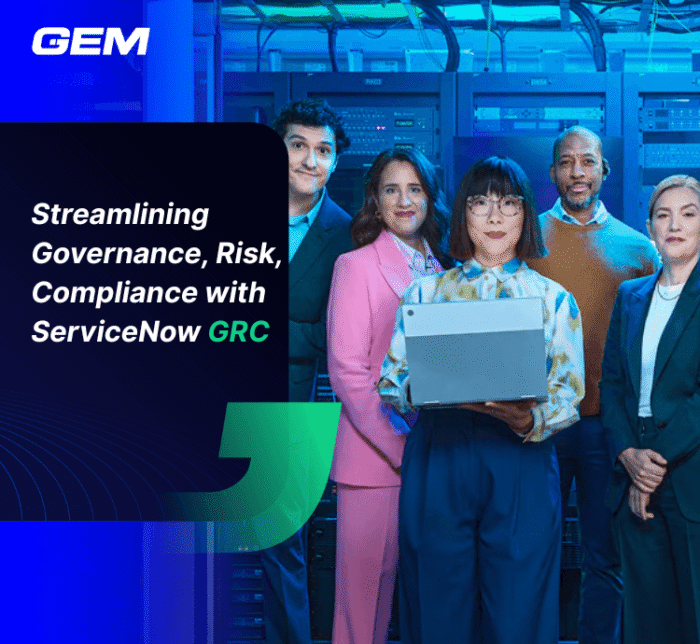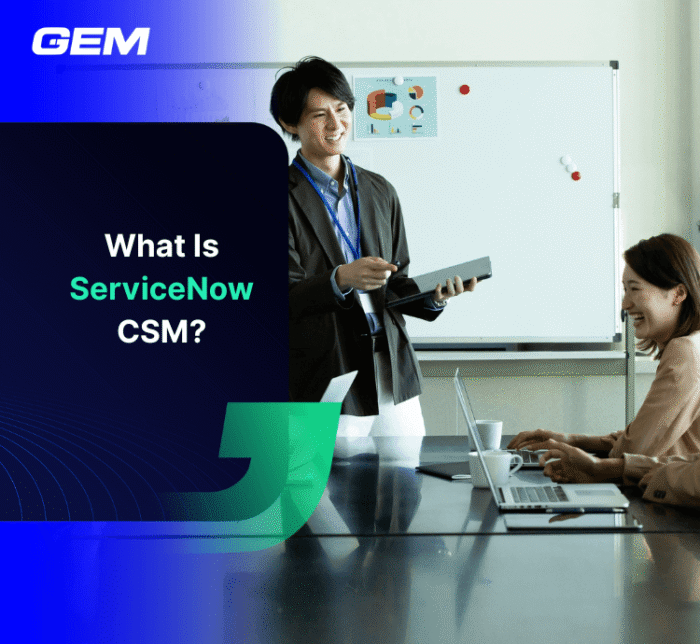Contents
- What is An Offshore Development Center (ODC)?
- Advantages of Establishing An Offshore Development Center (ODC)
- Why Vietnam: A Comparative Advantage in Offshore Delivery
- Characteristics of a High-Performing ODC Engagement
- Indicators of a Scalable and Sustainable ODC Model
- Why GEM Corporation Is an Ideal ODC Partner in Vietnam
- Conclusion
Setting up an offshore development center has become a strategic delivery move for companies aiming to expand capacity while maintaining execution control. From scaling engineering teams to supporting long-term digital initiatives, ODCs offer a path to build extended capabilities in key global talent hubs. Vietnam has emerged as a strong market in this space, attracting enterprises with its technical workforce, delivery reliability, and cost efficiency. In this blog, we explore what defines a successful ODC setup, with 5 characteristics that consistently differentiate high-performing offshore engagements from the rest.
What is An Offshore Development Center (ODC)?
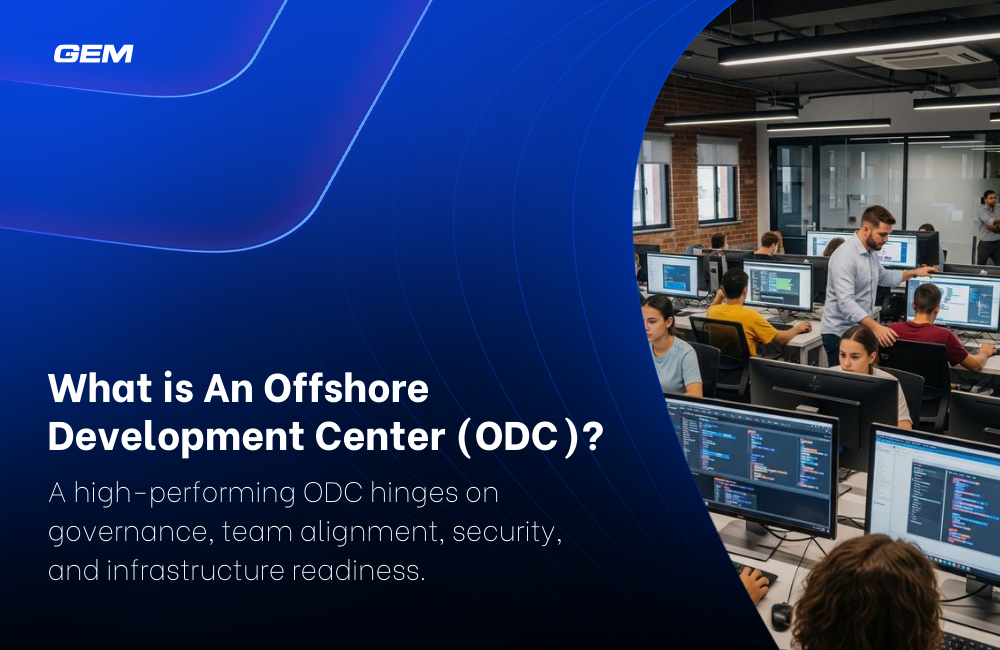
An offshore development center (ODC) is a dedicated, remote team that operates as part of a company’s core development function but is based in another country. It supports long-term technology programs by providing access to engineering talent, flexible team structures, and cost-efficient delivery.
Unlike traditional outsourcing, an ODC follows the company’s processes, tools, and quality standards, offering better control, transparency, and integration with internal teams. This model is widely used by enterprises looking to scale software development, product engineering, and platform management without overextending local resources.
Advantages of Establishing An Offshore Development Center (ODC)
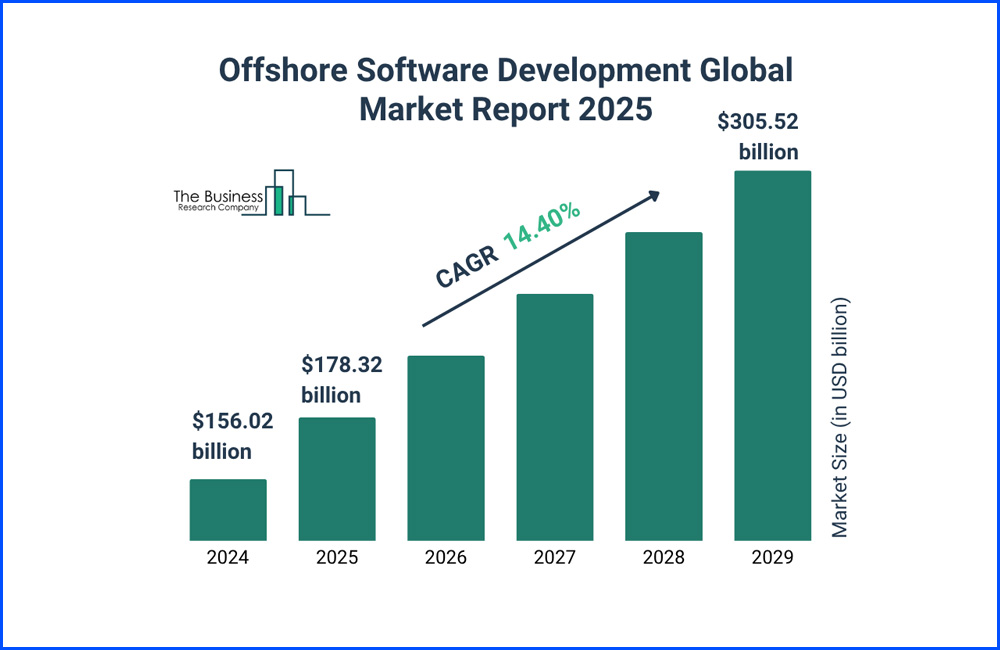
The global offshore software development market is projected to reach $305.52 billion by 2029, growing at a CAGR of 14.4%, according to The Business Research Company. In this context, offshore development centers (ODCs) are gaining traction as a delivery model built for scale, resilience, and long-term alignment with enterprise needs.
Access to skilled engineering talent
ODCs provide direct access to a qualified and growing talent pool in locations such as Vietnam. These teams often bring experience across core technologies, cloud platforms, and product engineering, offering companies the capacity to deliver at speed without overloading internal teams.
Alignment with delivery priorities
An ODC functions as part of the client’s extended team, following defined workflows, standards, and business objectives. This structure supports consistent delivery outcomes and allows for rapid adjustments to team size or focus based on shifting priorities.
Optimized resource allocation
The ODC model supports efficient use of budget without compromising on service quality. It allows companies to manage project demands with predictable operating costs, which is especially relevant in multi-year programs or platform builds.
Greater visibility and execution control
ODCs are designed to offer transparency in day-to-day operations. Clients can shape the engagement model, maintain oversight of team performance, and align security practices with internal policies, leading to stronger project governance and delivery consistency.
Support for long-term technology goals
Beyond project delivery, ODCs help companies build repeatable capabilities. With the right structure, an ODC becomes a base for continuous improvement, institutional knowledge, and technology growth across products and platforms.
Read more: Looking to scale faster with offshore mobile app development?
Why Vietnam: A Comparative Advantage in Offshore Delivery
Vietnam continues to attract global enterprises seeking reliable offshore development center (ODC) locations, backed by a strong talent pipeline, stable operating environment, and favorable cost structure. As companies reassess delivery models in line with long-term transformation goals, Vietnam is emerging as a competitive alternative to more established outsourcing markets.
Developer population, technical education system, and language capability
Vietnam has close to 500,000 software engineers, many of whom are educated in top-tier domestic universities or through global certification programs. The country produces over 50,000 IT graduates annually, with strong foundations in computer science, mathematics, and engineering.
English proficiency among tech professionals is steadily improving, particularly in major cities such as Ho Chi Minh City, Hanoi, and Da Nang, where most ODC operations are based.
Labor cost vs. quality equation
Vietnam offers a strong balance between cost and delivery quality. Compared to India or Eastern Europe, labor rates remain more competitive, particularly for mid-level engineering roles, while providers are increasingly investing in delivery maturity, certifications, and cross-border project experience. This positions Vietnam as a viable option for both cost-sensitive and quality-driven programs.
Stability, infrastructure, and government support for tech exports
Vietnam’s political and economic stability contributes to a predictable business environment for long-term ODC operations. The government has prioritized the digital economy in its national development strategy, with ongoing investment in digital infrastructure, data centers, and high-speed connectivity. Policies supporting foreign investment in tech services reinforce Vietnam’s position as a delivery hub in the Asia-Pacific region.
Bring your ideas to life faster than ever before
Our agile solutions streamline workflows and cut time-to-market, helping you launch innovations quickly and confidently.
Comparison to other ODC destinations
- India remains a dominant force in offshore services, known for its scale and breadth of capabilities. For companies requiring very large delivery teams or deep legacy system expertise, India continues to be a core option, but talent cost inflation and attrition rates pose challenges.
- The Philippines is often favored for customer support and business process outsourcing due to its language skills and affinity with Western work culture. However, its engineering depth is narrower than Vietnam’s, particularly in product development and enterprise-grade software development.
- Eastern Europe offers strong technical capability and cultural alignment with Western Europe, but delivery costs are generally higher, and labor availability varies across markets.
Vietnam’s positioning combines delivery readiness, cost effectiveness, and a growing innovation ecosystem, making it a strategic choice for companies establishing ODCs with long-term value in mind.
Read more: Planning to build a high-performing offshore development center?
Characteristics of a High-Performing ODC Engagement
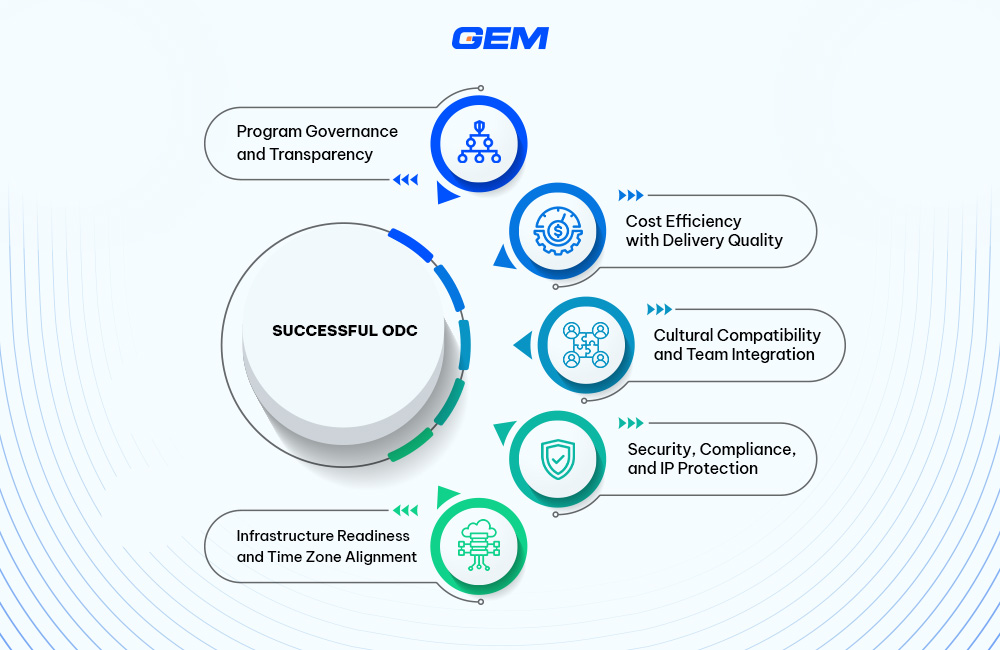
Program Governance and Transparency
Effective ODC engagements are built on structured governance frameworks that support visibility and alignment across teams and time zones. Governance sets the tone for how decisions are made, how issues are escalated, and how performance is tracked over time.
- Delivery Accountability: A high-performing ODC establishes clear ownership across roles onshore and offshore. Each team member understands their scope of responsibility, escalation pathways, and deliverables. This clarity supports consistency in execution across sprints, releases, and project phases.
- Communication Cadence: A defined communication rhythm is necessary to keep stakeholders aligned. This often includes daily stand-ups, weekly review sessions, and monthly steering committee meetings. These touchpoints are not only for status updates, they also help surface blockers early and keep delivery aligned with business priorities.
- Escalation Framework: A mature ODC model includes a documented escalation process with designated contact points for operational, technical, and strategic issues. This framework prevents delays and mitigates miscommunication, especially in time-sensitive engagements.
- Alignment with Client-Side Structures: Where possible, ODCs should mirror the client’s internal structures, including product teams, PMO, or engineering squads. This structural alignment reduces friction and improves collaboration, particularly in large-scale agile or cross-functional environments.
Cost Efficiency with Delivery Quality
Cost control remains a key driver of offshore delivery, but not at the expense of predictability and performance. High-performing ODCs deliver measurable value through efficient planning, quality benchmarks, and continuous monitoring.
- Resource Planning and Productivity Metrics: Successful engagements are grounded in realistic resource planning, matching team skills with project requirements. Metrics such as velocity, defect rates, and cycle time are tracked to assess progress and identify opportunities for optimization.
- Value Realization Over Time: ODCs should have a roadmap for how they mature over time. This includes expanding capabilities, improving turnaround times, and increasing domain familiarity. Cost efficiency is about how the team delivers more value with each release.
- Certifications and Standards: Delivery maturity is often validated through third-party certifications. CMMI Level 3 or higher indicates process discipline, while ISO 9001 speaks to quality management. These certifications reduce execution risk and increase confidence in the provider’s delivery model.
Cultural Compatibility and Team Integration
Cultural fit and team alignment directly influence day-to-day collaboration and long-term team stability. High-functioning ODCs are integrated into the client’s delivery fabric.
- Cross-Border Collaboration Practices: High-performing teams adopt shared delivery KPIs and cross-functional rituals, such as joint sprint planning and retrospectives. This approach reinforces accountability and creates a unified delivery culture.
- Talent Continuity and Onboarding: Continuity in key roles supports knowledge retention. Mature ODCs invest in structured onboarding programs, domain training, and rotational models to mitigate disruption from staff transitions.
- Feedback Loops: Regular feedback between client and offshore teams helps identify issues early and maintain engagement quality. This includes structured team reviews, performance check-ins, and cross-site knowledge sharing.
Read more: Want to see how ODCs help enterprises scale effectively?
Security, Compliance, and IP Protection
Data protection and IP security are non-negotiable in offshore models, especially in finance, healthcare, and regulated industries. A mature ODC engagement reflects a clear commitment to compliance and confidentiality.
- Information Security Maturity: Providers should be ISO/IEC 27001 certified and follow documented InfoSec protocols. These include access management, data encryption, secure coding practices, and network monitoring.
- Regulatory Alignment: Depending on the client’s sector, ODCs may need to comply with GDPR, HIPAA, or PCI DSS. A credible provider will demonstrate readiness with internal audits, policy documentation, and client-specific compliance support.
- NDA/IP Frameworks: Intellectual property must be protected through enforceable agreements and internal controls. This includes NDAs for all staff, restricted access to source code, and physical/logical separation of client environments.
Infrastructure Readiness and Time Zone Alignment
Reliable infrastructure and synchronized work hours are foundational to remote delivery models. Without these, even skilled teams struggle to maintain velocity and collaboration quality.
- Collaboration Tools and Connectivity: A well-equipped ODC has secure, high-bandwidth connectivity and enterprise-grade collaboration tools (e.g., Jira, Confluence, Git, video conferencing platforms). Teams should be able to communicate and share updates in real-time with minimal disruption.
- Remote-Ready Infrastructure: With hybrid work becoming standard, providers must support secure remote access and device management policies. Laptops, VPNs, endpoint protection, and centralized monitoring are standard requirements.
- Time Zone Overlap: Ideally, there should be 2–4 overlapping work hours between the offshore team and the client’s core team. This window supports real-time collaboration for planning, reviews, and decision-making, without reducing the benefits of a follow-the-sun delivery model.
Are Inefficiencies Draining Your Resources? Let’s Fix That!
With GEM’s cutting-edge solutions, we’ll help you streamline workflows, optimize operations, and set your business up for sustainable success.
Indicators of a Scalable and Sustainable ODC Model
An ODC adds value over time by becoming more integrated, autonomous, and strategically aligned. Below are indicators that signal a provider’s readiness for long-term engagement.
Partner Maturity: Look at delivery team growth, client retention, and the ability to scale horizontally (across domains) or vertically (into more complex work). References from multi-year clients are often more telling than initial capability presentations.
Red Flags in Early Engagements: Common warning signs include high staff turnover, inconsistent communication, lack of documented processes, and reactive project management. These issues often surface early and can derail long-term success if not addressed.
Transitioning from Pilot to Long-Term Model: A clear path should exist for graduating from a pilot project to a fully integrated ODC. This includes knowledge transfer frameworks, dedicated account management, roadmap planning, and mutual investment in team development.
Read more: Searching for a reliable software outsourcing partner in Vietnam?
Why GEM Corporation Is an Ideal ODC Partner in Vietnam
GEM Corporation is a mid-sized technology partner with a proven ODC delivery model built around speed, quality, and reliability. Since 2014, GEM has supported enterprises and startups across Asia-Pacific, Japan, and Europe with scalable engineering teams and industry-specific software solutions.
With 400+ IT professionals and a portfolio of 300+ projects, GEM combines delivery flexibility with structured governance. The company is ISO/IEC 27001:2022, ISO 9001:2015 certified, and CMMI Level 3 appraised, highlighting its commitment to secure, process-driven execution. As an ISTQB Gold Partner and consulting partner of Databricks and ServiceNow, GEM is well-positioned to deliver long-term value through high-quality offshore operations.
Conclusion
Establishing an offshore development center offers a structured path for enterprises to expand delivery capacity, build long-term capabilities, and maintain operational control. Vietnam stands out for its technical talent, stable environment, and delivery cost balance. A high-performing ODC hinges on governance, team alignment, security, and infrastructure readiness. For firms seeking a dependable partner with established processes and regional delivery strength, GEM Corporation offers a model built for scale and execution consistency.
Connect with GEM to explore how an ODC in Vietnam can support your next phase of digital delivery.
Why are companies choosing Vietnam for offshore development centers?
Vietnam offers a large and skilled developer base, competitive cost structures, and a stable regulatory environment. With ongoing investment in infrastructure and digital education, it presents a strong alternative to traditional outsourcing destinations.
How can businesses assess the maturity of an ODC provider?
Key indicators include delivery certifications (e.g., CMMI, ISO), client references, team retention rates, and the provider’s ability to scale across domains. A transparent governance model and structured onboarding approach also reflect operational readiness.
What makes GEM Corporation a strong ODC partner in Vietnam?
GEM brings established delivery frameworks, certified quality processes, and domain experience across regulated industries. With 400+ IT professionals and experience across Asia-Pacific and Europe, GEM supports clients with scalable, secure, and outcome-focused engagements.
How do ODCs support long-term technology initiatives?
Beyond project execution, ODCs help build institutional knowledge, support platform evolution, and provide continuity for agile delivery cycles. A mature ODC becomes a strategic asset in managing digital roadmaps and aligning with evolving business needs.
